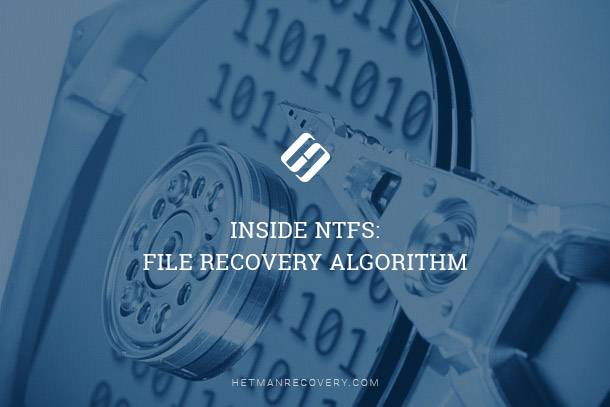

- TORVALDS GARBAGE MICROSOFT NTFS FILE SYSTEM FREE
- TORVALDS GARBAGE MICROSOFT NTFS FILE SYSTEM WINDOWS
NTFS is optimized for fast, reliable, and perhaps most importantly, multi-user access. Think of it as a reference book with all the bells and whistles: table of contents, index, bibliography, footnotes, annotations, and more.
TORVALDS GARBAGE MICROSOFT NTFS FILE SYSTEM WINDOWS
The Windows system drive (typically “C:”) must be formatted with NTFS. NTFS (New Technology File System) was introduced with Windows NT, and is the default file system used by Windows. This limitation is becoming a more common reason that other formats might be used. Individual files on a FAT32 formatted drive are limited to 4GB in size. It’s well suited to transferring data between different devices, such as your camera, your phone, or your Mac, PC, and Linux computers. All versions of Windows support it, and so do almost all other operating systems and devices that use disks. Think of it as a reference book with only a table of contents.īecause it’s been around longer (it dates back to MS-DOS and Windows 95), it’s by far the most compatible file system. FAT32įAT32 (File Allocation Table, 32 bit) is the oldest and perhaps simplest of the three.

The three most common file systems you’re likely to encounter 1 are FAT32, NTFS, and exFAT. The same is true with file systems: they all store data, but organize it differently. All have the data, but with different characteristics. The same information can be published in a variety of ways. Some books are in color and have pictures others do not. Similarly, some might use large text and wide margins, resulting in less information per page, while others cram a lot of words onto each.

Some include footnotes at the bottom of the page, others put them at the end, and some have no footnotes at all. Some books include only a table of contents. Regardless of the information in a reference book, it can be laid out and augmented in many different ways. Rather, it’s to understand the differences between how file systems organize data. As with most analogies, this relies on gross oversimplification and is not intended to describe the details of how disks work. Let’s use a reference book as an analogy. The type of file system is selected and initialized when you format a drive. File systemsįile systems are how the bits and bytes of your data are organized on a disk. For USB thumb drives, FAT32 is typically the default, and is the most compatible for drives moved between machines with different operating systems. Each has strengths and weaknesses, and which is most appropriate depends on how the drive will be used. If you have feedback for TechNet Subscriber Support, for your question.File system formats like FAT32, NTFS, and exFAT are standard ways of organizing data on hard disks. Please remember to mark the replies as an answers if they help.
TORVALDS GARBAGE MICROSOFT NTFS FILE SYSTEM FREE
If you have any question or concern, please feel free to let me know. Microsoft does not guarantee the accuracy of this information. Please Note: Since the web site is not hosted by Microsoft, the link may change without notice. We can refer to the following article for this details, The following features are not available on ReFS: The following features are available on ReFS only: Let’s see specifically the differences between NTFS and ReFS in the following comparison tables: This scrubber periodically analyzes the volume, identifying latent corruptions and proactively activating a repair of corrupt data. In addition to validating data before read and write operations, ReFS introduces a data integrity scanner, known as scrubber. When used in conjunction with a mirror or parity space, ReFS can automatically repair the detected corruptions using the alternative copy of the data provided by Storage Spaces. ReFS uses checksums for metadata and optionally for file data, allowing ReFS to reliably detect file system corruption. NTFS, ReFS can encrypt the entire disk with Bitlocker including system elements. ReFS does not support such NTFS functions as data compression, encrypting file system, hard links, extended attributes, data deduplication and disk quotas. Based on the research, Windows cannot boot from an ReFS partition and requires an NTFS one.


 0 kommentar(er)
0 kommentar(er)
